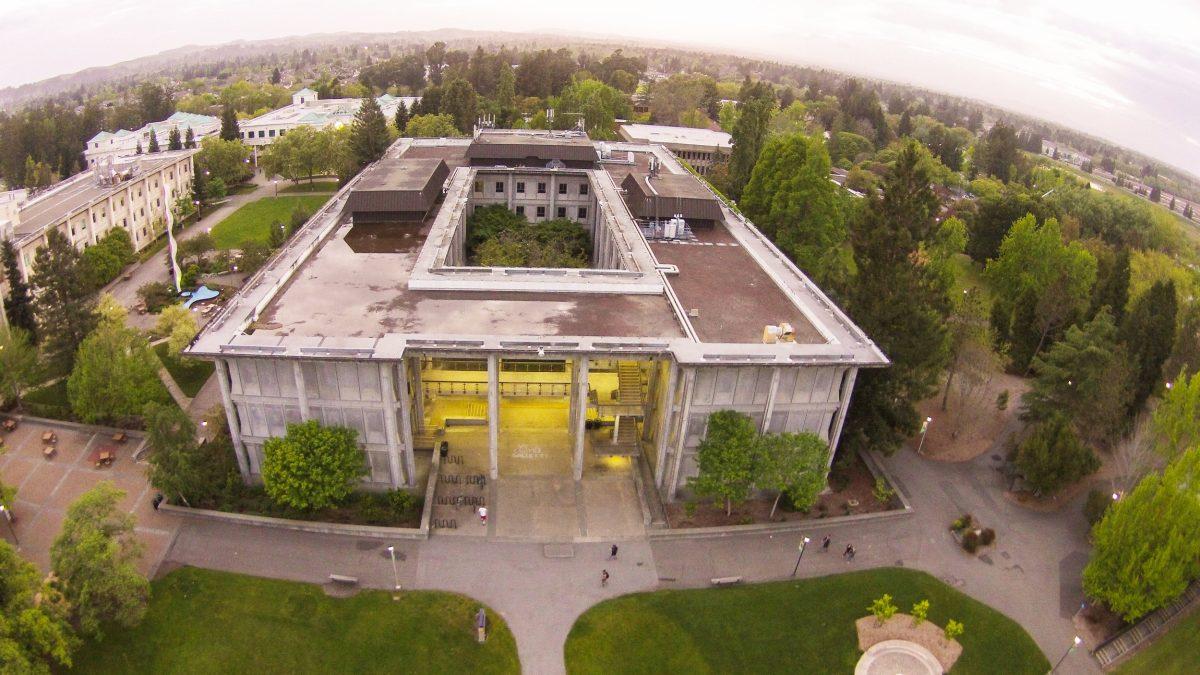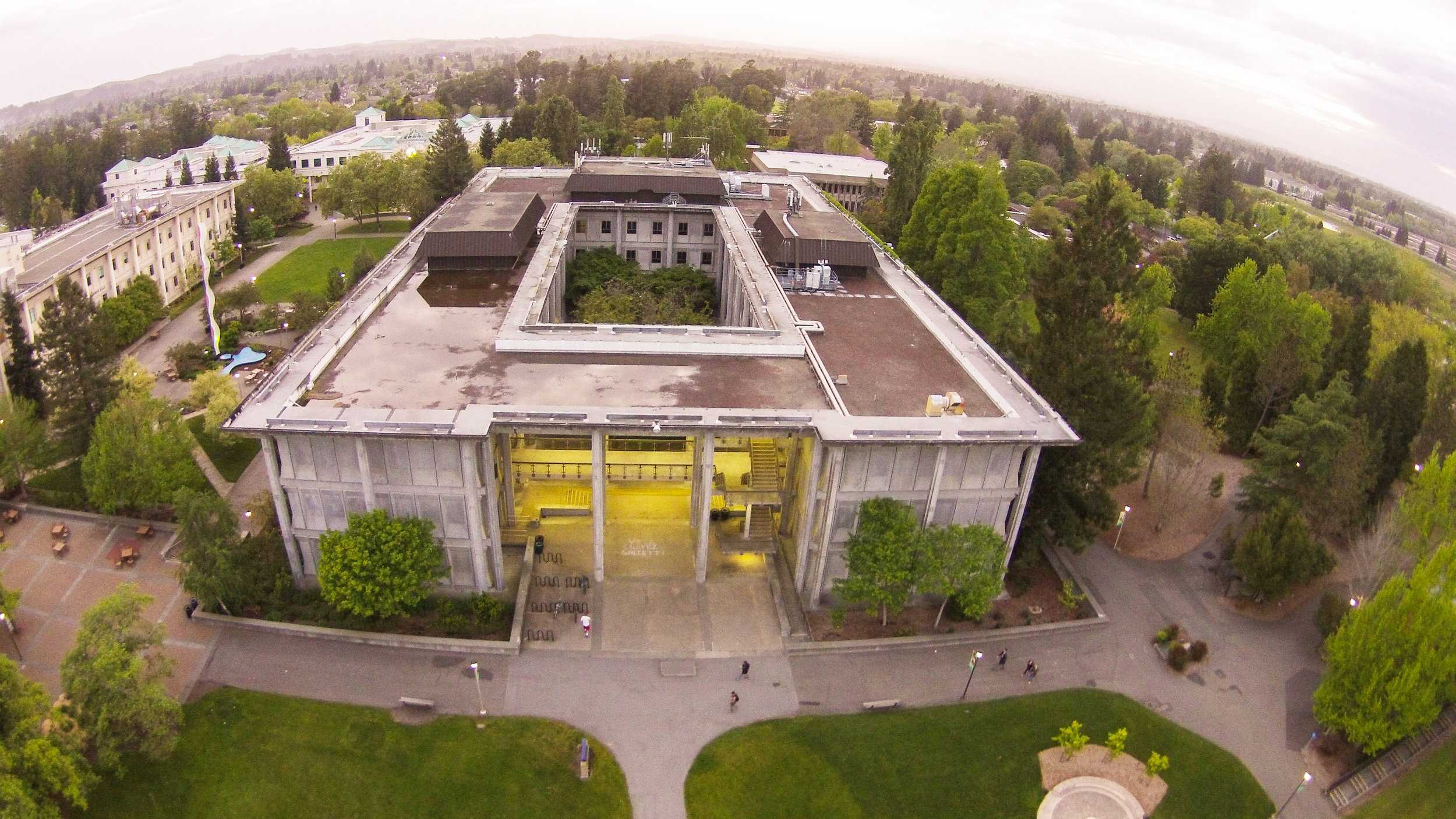Stevenson Hall has been under investigation since May 2014, when former Sonoma State University employee Thomas Sargent filed a lawsuit against the school. Sargent, who worked forthe Sonoma State University Environmental Health and Safety program, allegedly detected unsafe levels of asbestos dust in Stevenson Hall’s air ventilation system.
The trial was originally scheduled to take place on July 29, but it has been postponed until late October.
During an evidentiary hearing preceding the trial on Sept. 2, Prosecuting Attorney Dustin Collier made further accusations against the university, claimingthe defendants intentionally interfered with the asbestos testing process.
On Jan. 19, asbestos testing took place on campus by a firm called RHP Risk Management. In order to assurethe testing would be representative of normal conditions, the court ordered a mandatory preservation period before the testing, from Dec. 12, 2015 to Jan. 19.
During the preservation period, any interference with the sites scheduled for testing was strictly prohibited. This included any cleaning or maintenance.
According to a statement released by the university discussing testing results from Jan. 19, there was some detected settled asbestos dust. However, the Environmental Protection Agency air sampling data demonstrates that any detectable surface asbestos dust levelsfound in the building have not contributed to elevated levels of airborne asbestos.
These test results were initially relieving news for the defendants. Collier has made new accusations suggestingthe university intentionally manipulated the air ventilation system, called the HVAC, during the preservation period, so as to prevent the flow of contaminated air to the testing sites.
The HVAC is a computerized system, which controls the heating, air conditioning and general air ventilation of Stevenson Hall on automatic self-regulated settings.
During the evidentiary hearing on Sept. 2, Collier presented 15 registered instances where the HVAC system’s automatic presets were manually overridden during the preservation period without any given explanation.
The defendants responded to these accusations by explaining that 14 of the 15 system-overrides were merely preventative actions, taken in order to cancel previously scheduled maintenance.
They continued by sayingone of the registered instances happened due to a misunderstanding among the custodians for the building, but it was purely accidental.
On top of the alleged HVAC manipulation, Collier brought up what he believed to be a suspiciously timed campus-wide electrical shutdown that happened on December 30, 2015.
Although electrical shutdowns are routine procedures at Sonoma State, Collier pointed out that this particular shutdown was unusual due to the factthe entire campus was closed off for it.
“I don’t know if this issue would actually be brought up during the main trial. It’s possible,” said member of the General Counsel’s office William Hsu,.” Something the judge wants to hear about and decide if it affects the trial.”
Susan Moulton, a professor at Sonoma State, gave a witness account of the shutdown where she claimed to see trucks equipped with large vacuums and people wearing HAZMAT suits surrounding Stevenson Hall. Collier theorized someone had used the electrical shutdown to orchestrate a secret cleaning of Stevenson Hall during the preservation period.
In response to these claims, the defendants countered by pointing out the electrical shutdown had been scheduled far before any plans for asbestos testing had been made.
In addition to this, they saidthe closing off of campus for electrical shutdowns happens fairly regularly. Finally, they questioned the credibility of Moulton’s witness account due to the factshe was observing everything from “over a football field away”.
The closing arguments of the hearing were made on September 2, and Nancy C. Schaffer, the judge presiding over the hearing, has yet to make a decision either way on the case.




































